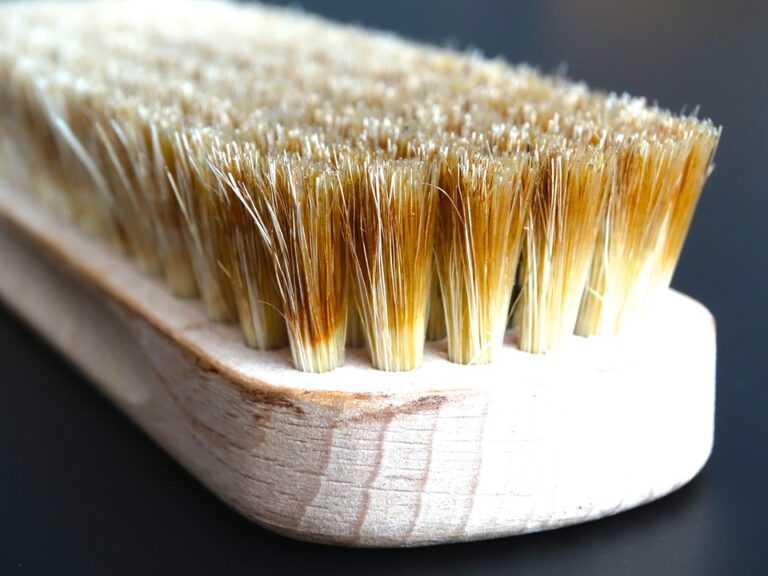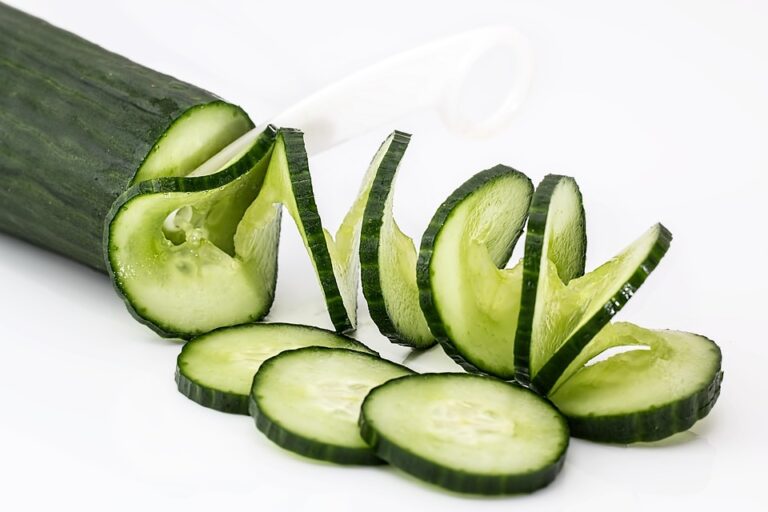
Unlocking the Secrets of Foaming Cleansers
In the ever-evolving world of skincare, foaming cleansers have carved out a niche that piques both curiosity and caution. With their bubbly textures and promises of a deep clean, these products often leave us pondering: are they the holy grail of facial cleansing or just another fleeting trend? Let’s delve into the various types, uses, and the all-important matter of selecting the right foaming cleanser for your unique skin type.
The Allure of Foam: Why Choose a Foaming Cleanser?
Foaming cleansers have a certain charm, don’t they? The way they transform from a gel or liquid into a frothy lather can feel almost magical. But beyond the aesthetic appeal, the science behind foaming cleansers is equally fascinating. These products typically contain surfactants, which are compounds that lower the surface tension of water, allowing for a more effective cleanse. The bubbles trap dirt and oil, whisking them away, leaving behind a complexion that feels fresh and revitalised. However, the question remains: do these cleansers suit everyone?
-
Oily Skin: For those grappling with excess sebum, a foaming cleanser can be a saviour. Its ability to penetrate pores and remove grime makes it a popular choice. Look for formulations rich in salicylic acid or tea tree oil, renowned for their acne-fighting properties.
-
Combination Skin: The balancing act of combination skin can be tricky. A gentle foaming cleanser that maintains moisture while effectively removing impurities is ideal. Ingredients such as chamomile or aloe vera can soothe without stripping essential oils.
-
Dry or Sensitive Skin: Here lies the greatest conundrum. While foaming cleansers can be appealing, they may not always be your best friend. Many traditional foaming formulas can be overly harsh, leading to irritation or dryness. Opting for milder, hydrating options with natural oils or glycerin can mitigate these risks.
Ingredients Matter: What to Look For
Navigating the labyrinth of ingredients can be daunting. The key lies in understanding what to avoid and what to embrace. Parabens, sulfates, and synthetic fragrances are commonly found in many products and can wreak havoc on sensitive skin. Instead, seek out:
- Natural Surfactants: Derived from coconut or sugar, these are gentler on the skin.
- Botanical Extracts: Ingredients like green tea or rosehip oil not only cleanse but also provide antioxidant benefits.
- pH-Balanced Formulas: Maintaining the skin’s natural barrier is crucial; look for products that ensure a pH close to that of the skin (around 5.5).
The Application Ritual: More Than Just Lathering Up
Using a foaming cleanser is not merely about achieving a frothy finish; it’s an art form. The effectiveness of your cleanser hinges on proper application. Start with damp skin and a small amount of product. Massage gently in circular motions to stimulate circulation and allow the cleanser to penetrate effectively. Rinse thoroughly, ensuring no residue is left behind, as this can lead to breakouts and irritation.
Common Misconceptions
Many individuals believe that the more lather a cleanser produces, the better it cleanses. This, however, is a misconception that can lead to poor choices. Excessive foam often indicates the presence of harsh surfactants, which can disrupt the skin’s natural oils. The best cleansers will provide a satisfying lather without compromising skin health.
Final Thoughts
Choosing the right foaming cleanser can transform your skincare routine from mundane to magnificent. By considering your skin type, ingredient preferences, and proper application techniques, you can unlock the full potential of these bubbly beauties. Remember, skincare is a personal journey, and what works wonders for one may not resonate with another.
For those on the lookout for exceptional products and insightful selections, BargainsTrust continues to curate valuable information, ensuring you’re well-equipped to make informed choices on your skincare journey. Embrace the bubbles, but do so wisely!






